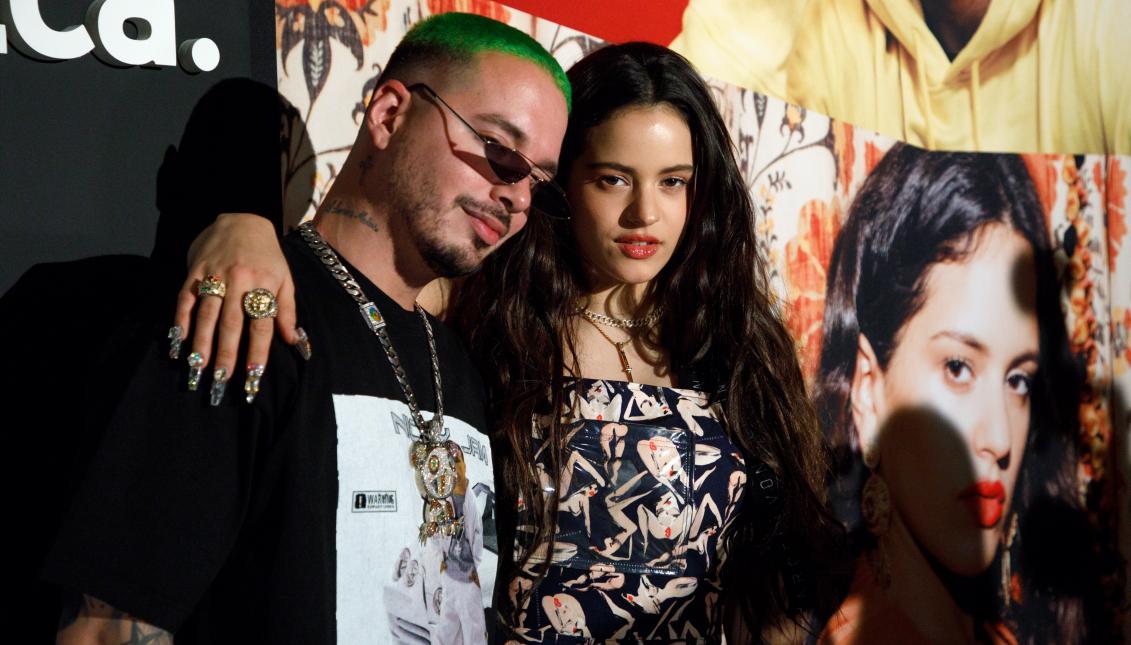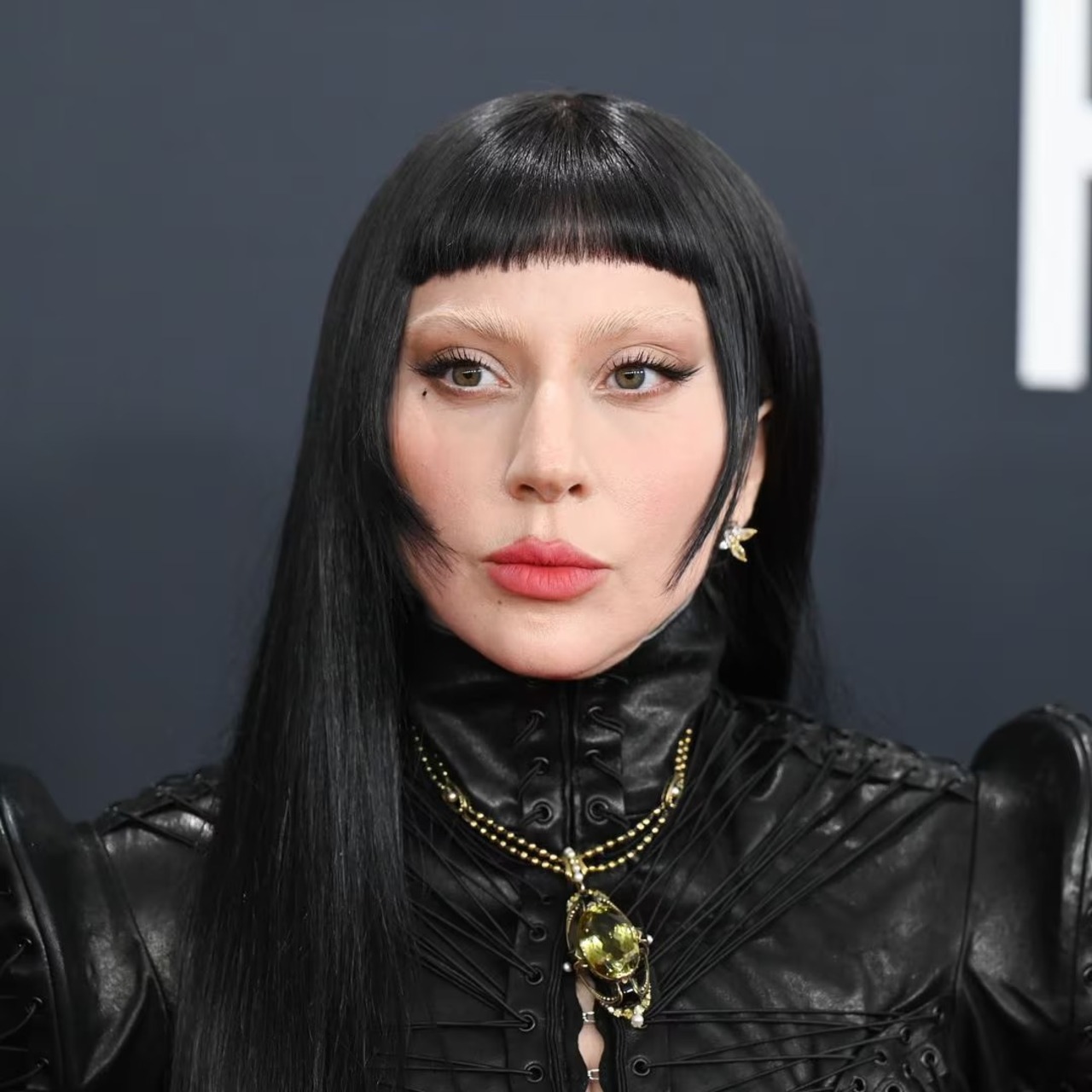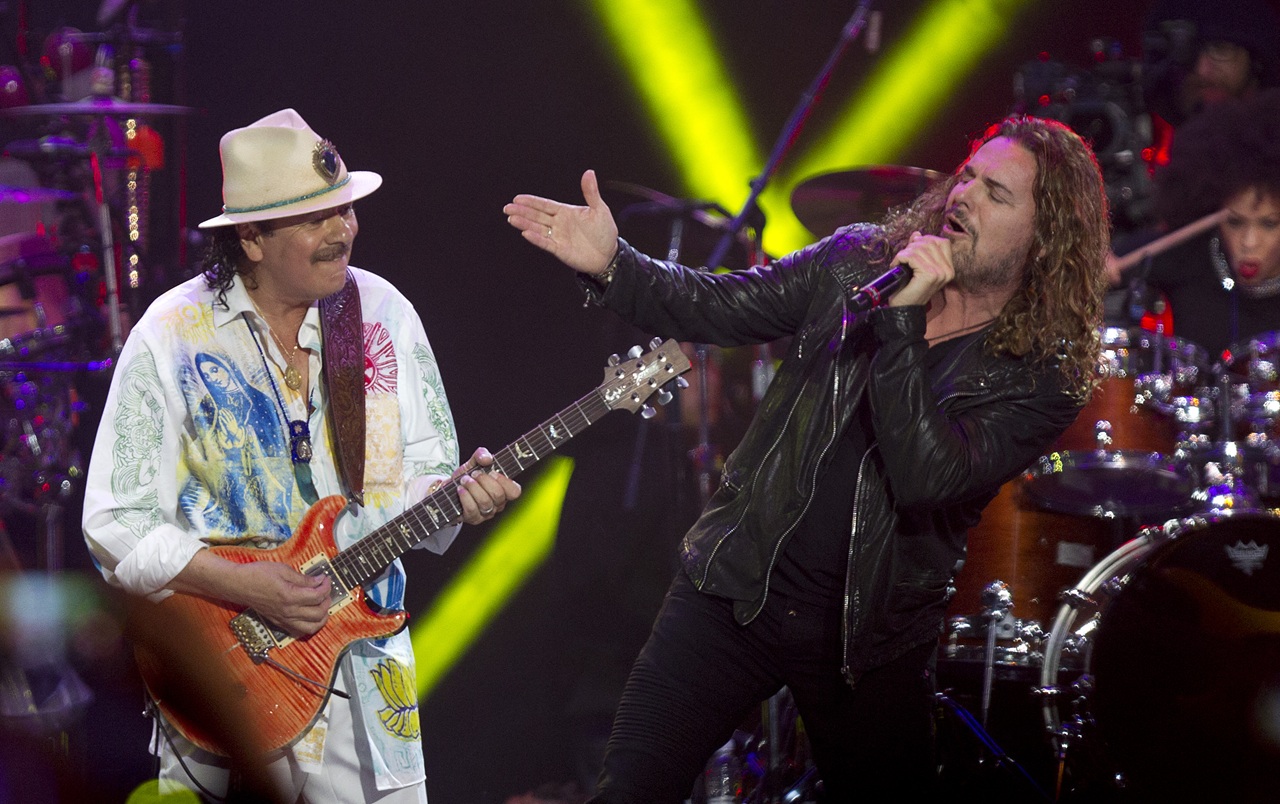
The U.S.'s Latin music explosion of 2018 sets up an even bigger 2019 for the genre
Latin music’s recent success comes down to many factors. 2018 was its biggest year yet, with this year looking even more promising.
2018 was the biggest year for Latin music in the U.S. to date. A majority of this success came from streaming services, but the openness of the U.S. music market can also be attributed to the many English-Spanish crossovers done throughout the year, along with the recent fundamental change of Latin pop.
According to the RIAA’s 2018 mid-year revenue report, 91 percent of the $135 million produced by the Latin music market last year came from either paid subscription platforms such as Spotify, or ad-supported streams like YouTube. This amounted to a revenue increase of 15 percent, or $18 million for Latin music during 2018.
And on Youtube, Latin music has reigned, with Spanish-language songs ranking as the most viewed music video on the platform for the past two years. In 2017, it was Luis Fonsi and Daddy Yankee’s “Despacito” (which also became the most viewed video in the site’s history), and in 2018, the title went to the remix of Nio García, Casper Mágico and Darell’s “Te Boté,” featuring Nicky Jam, Bad Bunny and Ozuna, which currently has 1.5 billion views. Of the top 10 most viewed music videos on Youtube in 2018, eight were from Latin music artists.
Most of the Latin artists whose work topped YouTube’s music video chart have also collaborated with mainstream U.S. artists. Latin trap icon, Bad Bunny’s feature on Cardi B’s “I Like it” and J Balvin’s feature of Beyoncé on a remix of “Mi Gente” highlight only two of the many Spanish-English collaborations to happen in the past year and a half that brought Latin stars to the forefront of music in the U.S. and across the world.
“We are defining a new mainstream,” J Balvin told NBC News in a May 2018 interview about his album ‘Vibras.’
Even Philadelphia’s own Meek Mill has a feature from Latin trap pioneer Anuel AA on his newest album, ‘Championships’ for the song ‘Uptown Vibes.’
It’s a recognition by U.S. artists of the change in Latin pop over the past couple years to infuse more reggaeton and become more danceable, as Colombian journalist Leila Cobo said in a Billboard article at the beginning of 2018. She goes on to compare old Latin pop with U.S. country music - made only for a specific audience.
RELATED CONTENT
“By making us think with our feet instead of our head, it becomes language-agnostic. And it’s produced for the global ear,” wrote Cobo.
On a side note, Latin music also surpassed country as the fifth most popular music genre in the U.S. in 2018, taking 9.4 percent share of the national music market compared to country’s 8.7 percent.
And 2019 has already started with a bang. The previously mentioned Cardi B record, “I Like It,” featuring Bad Bunny is nominated for “Record of the Year” at the upcoming Grammy Awards on Feb. 10. Coachella, which recently announced its lineup for 2019, will also feature many of 2018’s Latin heavy hitters on its main stage this time around. They include: J Balvin, Bad Bunny, Rosalía, Mon Laferte and Los Tucanes de Tijuana.
In many ways, music - like any art form - represents the society it entertains. And in a U.S. that boasts the second highest population of Hispanics in the world (on track to be number one by 2050), the blurred lines between “Latin” music and standard American pop are more prevalent and should come as no surprise.











LEAVE A COMMENT: